P34.002 Substations Asset Data Analytics
Objective:
The data, analytical tools, and models required for power delivery equipment risk assessment and management need continual development and enhancement to maximize their value. This project aims to meet those needs by developing and improving decision support tools and methods to extract and apply new information and insights from substation asset performance data (for example, maintenance, condition assessment, failure histories, images, and expert knowledge).
Results provide utilities with new knowledge and data vital for effective asset maintenance and management. It is intended that results can be integrated into a comprehensive decision support framework.
Research Value:
The research aims to assist substation asset managers and maintenance personnel in making more informed decisions with:
- More effective use of existing infrastructure and available data.
- Early identification of type issues, reducing unplanned outages.
- Improved reliability and availability using analyses based on actual asset health and risk to determine maintenance actions.
- Reduced reliance on time-based maintenance.
- Improved capital planning decisions based on industrywide equipment performance and failure data.
- Reduced unplanned expenses and increased benefits and value of planned work.
Public benefits of this research include the continued reliability of electric services and a reduction of adverse environmental impacts.
Planned 2025 Research
The project’s research tasks are organized in four categories: Circuit Breaker Analytics, Transformer Analytics, Balance of Substation Analytics, and Overall Substation Asset Analytics.
Circuit Breaker Analytics Tasks

Circuit Breaker Population Performance Metrics Based on Industrywide Data aims to compile and analyze in-service, historical maintenance, outage, replacement, and failure data on different types of circuit breakers from member utilities. The results could develop insights that lead to better-informed decisions regarding maintenance program development; task and timing selection; benchmarking comparison among utilities and breaker makes and models; replacement decision support; and specification and selection of new breakers. Researchers aim to further refine and update metrics and processes for mining and analyzing these data.
In 2025, the project plans to:
-
Continue to populate the circuit breaker industrywide database (IDB) with breaker performance data from member utilities.
-
Investigate the effects of climate and temperature on breaker maintenance requirements by analyzing and comparing performance data from breakers in various climate areas.
-
Develop historical replacement rates by breaker types and models to aid capital and spares planning.
-
Perform comparative analysis of individual utility data with industrywide data. Report findings to the individual utility, with data from other utilities anonymized and aggregated.
-
Develop and share a consolidated, anonymized, and aggregated report on breaker performance data with members.

Circuit Breaker Corrective Maintenance Taxonomy proposes the development of hierarchical schema and terminology for utilities to use in extracting useful information from free-form text records to categorize and organize maintenance work orders in a consistent manner. The resulting datasets could facilitate analysis of patterns, trends, and comparisons of maintenance requirements. The schema also provides a logical framework that utilities could use to drive uniform data recording practices.
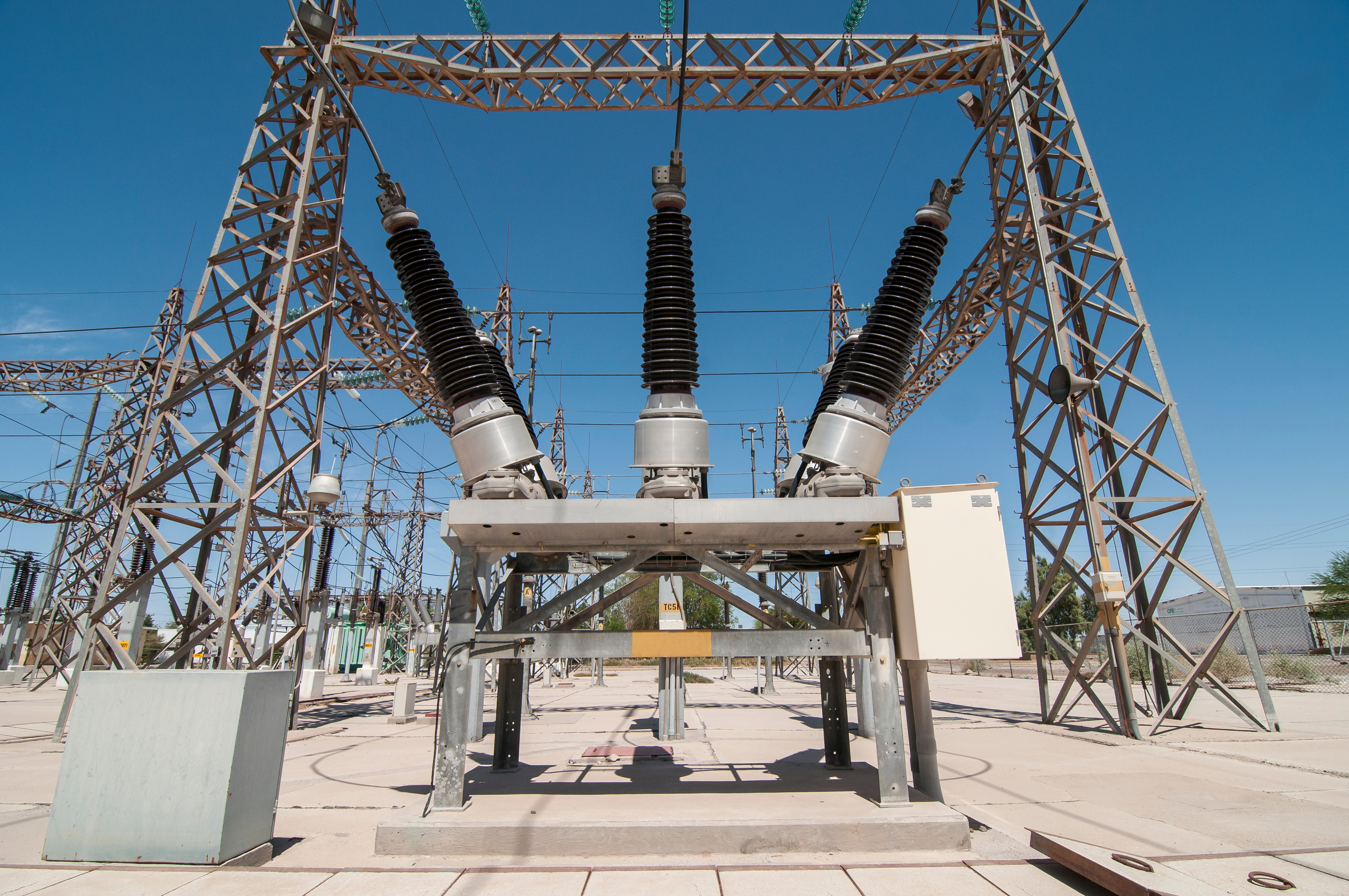
Circuit Breaker Families intends to develop the schema and terminology to group similar breaker models into families to support improved analysis of patterns, trends, and comparisons of maintenance requirements and operation among breaker groups.
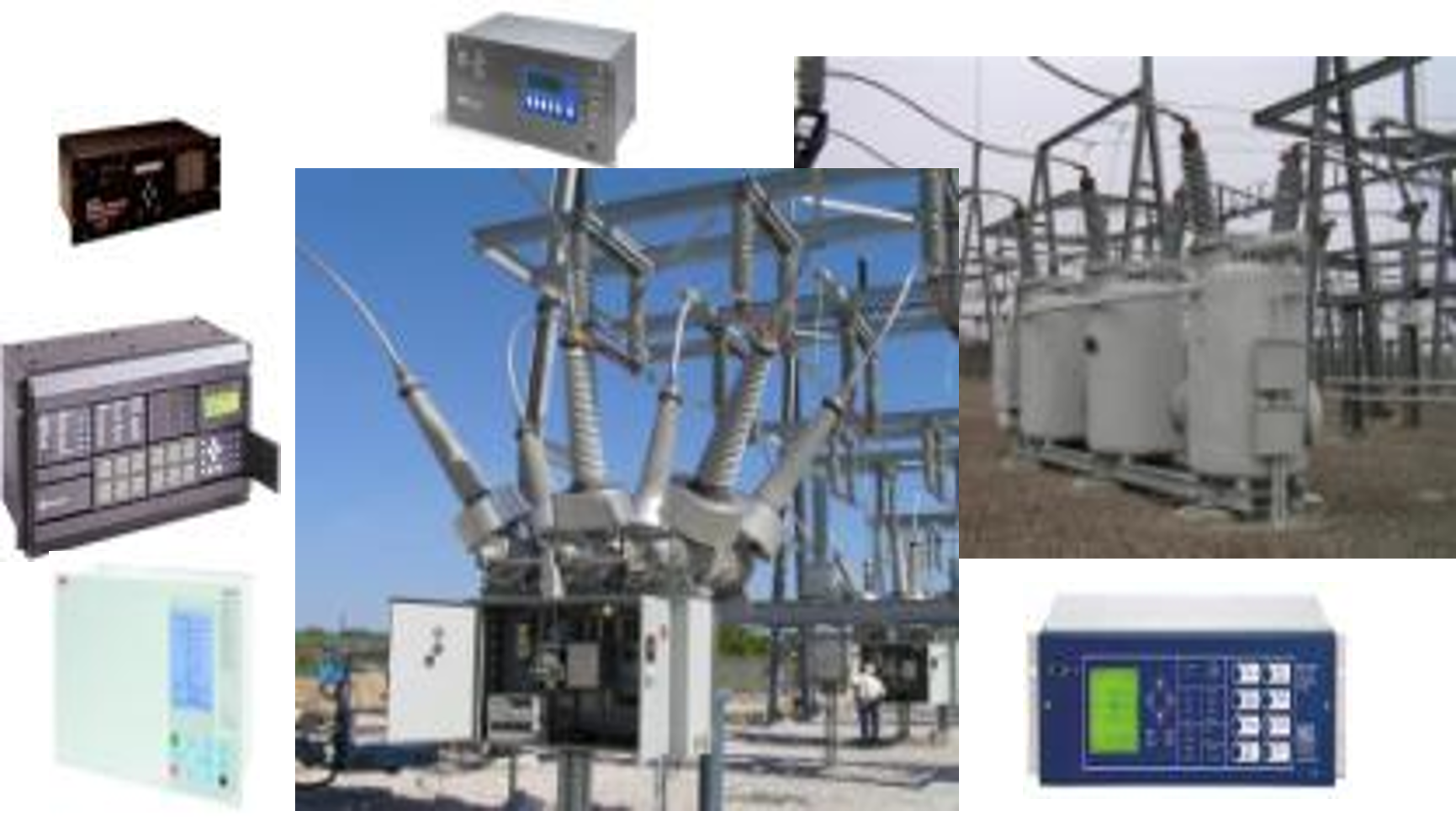
Use of Relay Event Data to Better Understand Breaker Fleet Operating Performance and Patterns proposes to develop methods to analyze relay data to better characterize circuit breaker fleet performance. Work will continue to obtain relay event data, better understand the data extraction process, analyze the data to identify patterns, and develop a plan to use the methodology and analytics to improve circuit breaker asset management decisions. In 2025, researchers intend to analyze data from relays including trip times, current magnitudes, number of operations, number of faults, and correlation with breaker fleet maintenance activities and operation.

Circuit Breaker Risk Ranking Software intends to develop a risk-based tool for circuit breaker fleet management that can help optimize maintenance, increase reliability, and support capital planning. The software uses readily available performance data and advanced algorithms to calculate a breaker’s relative ranking and need for maintenance or replacement.
This ongoing task develops updates and new features, and incorporates lessons learned from implementations to live and dead tank SF6 circuit breaker fleets at 13 U.S. and international utilities. Other proposed enhancements include ranking algorithms expanded beyond high voltage oil and SF6 breakers, adding new inputs and results from industrywide circuit breaker data analysis. Application guidelines will be delivered to accompany the new version of the software.
Transformer Analytics Tasks
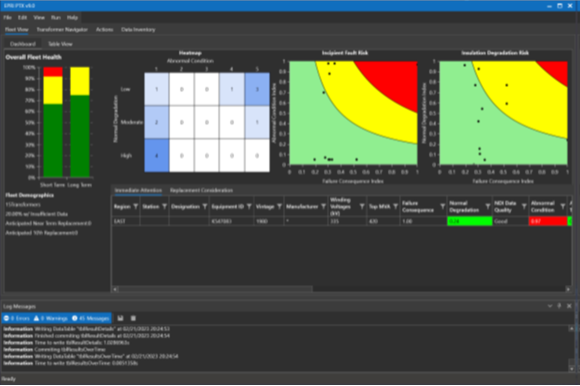
Power Transformer Expert System (PTX) plans to continue development of PTX, a software implementation of EPRI’s Transformer Fleet Management analytics. Continuous efforts are intended to improve the diagnostic performance of existing algorithms (main body, load tap changer algorithms; rules that account for susceptibility to through-faults; and the ability to analyze data from online DGA monitors). New research aims to:
-
Better leverage real-time data sources and online monitors to provide more timely assessments of present condition with a minimum of false positives.
-
Develop additional software enhancements to improve usability and ease of integration with existing enterprise systems.
-
Continue development of the PTX Application Guide, providing comprehensive guidelines for power transformer asset management decisions informed by PTX analysis.

Power Transformer Population Performance Metrics Based on Industrywide Data aspires to compile and analyze in-service, historical failure, and retirement data; maintenance records; and test data on transformers and tap changers in a common format using information provided by U.S. and international utilities. These datasets and advanced statistical analysis techniques are used to better understand current performance, project future performance, and inform other research tasks. Goals include:
-
Continue to populate the transformer industrywide database (IDB) with performance data from member utilities.
-
Better understand hazard and replacement rates by family, make, model, and application as a function of age. These hazard and replacement rates may be used to assess the performance for select groups and to plan capital and spare policies for these groups.
-
Collect maintenance records (work orders) to better understand maintenance issues affecting transformer performance (e.g., oil leaks, tap changer problems, cooling system performance, and test data) to draw meaningful and statistically defensible inferences regarding transformer and component performance.
-
Issue reports summarizing the research developments and their applications as a decision support tool for asset managers, insights on transformer aging and failure, and utility use cases.
-
Develop and share a consolidated, anonymized, and aggregated report on transformer performance data with members.

Advanced Analytics for Power Transformer Condition Assessment intends to investigate advanced machine learning and statistical models for application to power transformer condition assessment, diagnostics, and monitoring. Leveraging EPRI’s expertise and data contributed by utilities, the focus will be to develop the next generation of transformer analytics that might yield quantifiable improvements and advantages over present-day analytics. Efforts in 2025 will identify and evaluate promising methods such as machine learning and probabilistic graphical models to better understand their value and applicability in transformer condition predictive analysis.
Balance of Substation Analytics Tasks
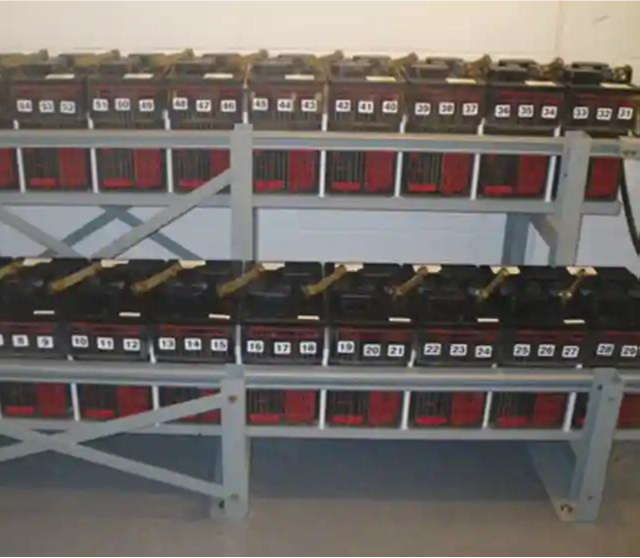
Substation Battery Performance Assessment intends to compile and analyze utility-supplied substation battery data, such as demographic information, inspection, and test results. The goal is to develop appropriate analytic approaches that provide early indication of battery degradation, identify maintenance trends, replacement and failure rates, and other performance metrics.
In 2025 the task intends to continue to investigate the value and use of data available from substation battery monitors in helping utilities with substation battery fleet management (e.g., adopt condition based maintenance practices, enhance operational efficacy). Potential research questions include whether there are failure modes seen during rounds inspections that online monitors cannot detect, and the strength of correlations between online monitor and rounds measurements.
Researchers aim to:
-
Work with members to obtain demographic, inspection, and maintenance data.
-
Understand online monitor technology and the data they provide.
-
Formulate an analytical investigation approach.
-
Develop and implement approaches and analyze the available data.
-
Issue reports that summarize the developments and their applications for decision support, insights on select population battery performance, and utility use cases.

Protection and Control Asset Management proposes to support efforts to assess protection and control asset performance and define requirements for utility-supplied data to ensure it is suitable for developing metrics and risk-based analytics. In 2025 researchers plan to refine data extraction and formatting processes and analyze sample data to determine its potential value and use. Ultimately, researchers aim to develop an asset management framework for protection and control assets.

Balance-of-Substation Performance Metrics Based on Industrywide Data aims to extend the industrywide data collection concept beyond transformers and breakers to other equipment, such as disconnect switches, relays, capacitor banks, instrument transformers, bushings, and arresters. The goal is to utilize the collected data to develop analytics to better understand balance of substation asset performance, failure and replacement rates, and maintenance trends. Efforts will be made to:
-
Continue to populate the balance of substation industrywide database by collecting in-service, historical maintenance, replacement, and failure data.
-
Develop new metrics and analytics with the goal of enabling utilities to make better-informed maintenance, repair/replacement, specification, and selection decisions.
-
Investigate the utilization of performance metrics in the development of fleet management approaches.
-
Issue reports summarizing the developments and applications for decision support for asset managers, insights on equipment performance, and utility use cases.
Overall Substation Asset Management Tasks
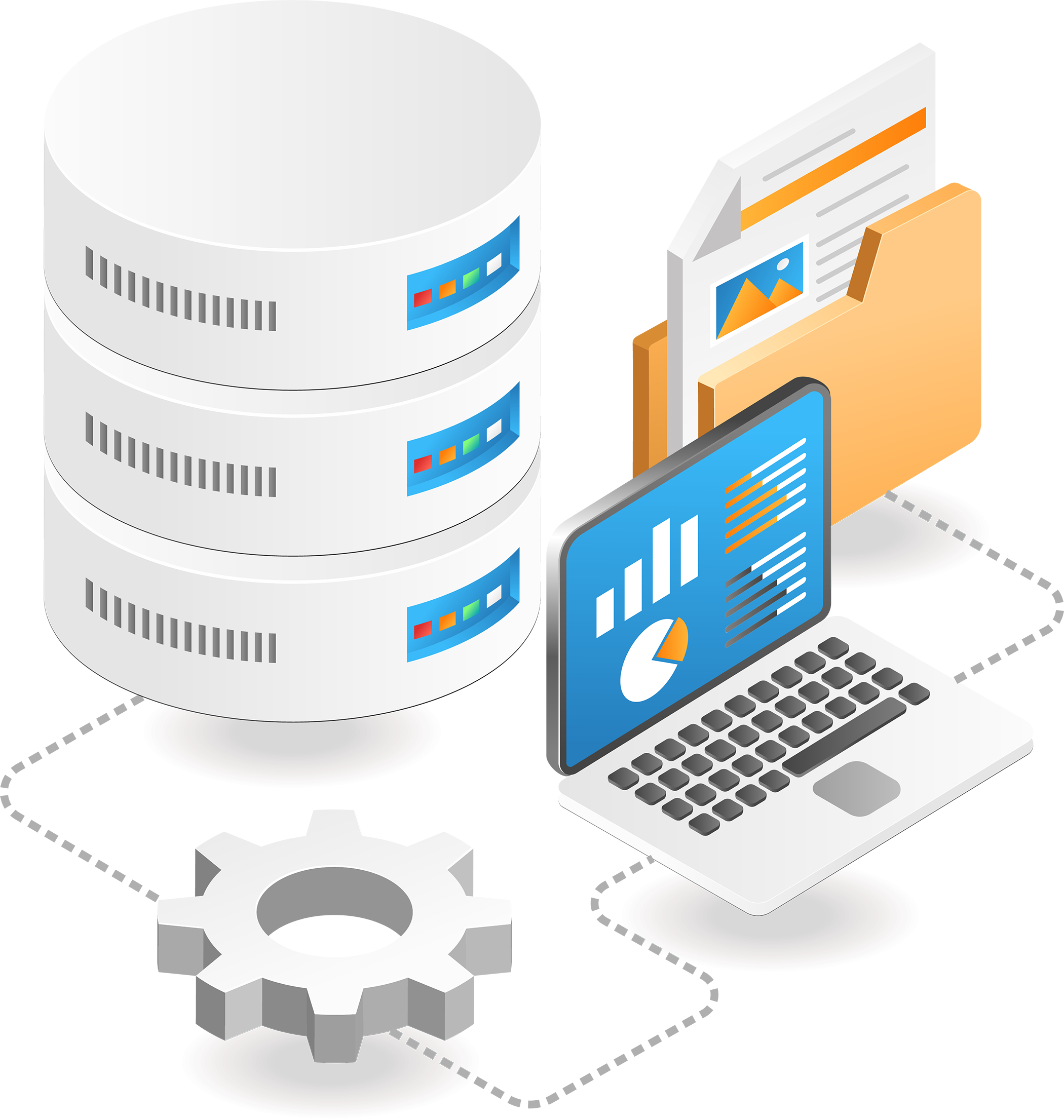
Data Specification for Substation Asset Performance Analysis intends to provide guidance on the types of data that are useful for asset management analytics and deliver a catalog of substation asset characterization data, including demographic and condition assessments, which are useful as inputs to EPRI analytics, and the formats required by those analytics. Anticipated are review and update of data models and definitions for transformers, circuit breakers, disconnect switches, instrument transformers, batteries, electromechanical, solid-state and digital relays, and capacitor-coupled voltage transformers.
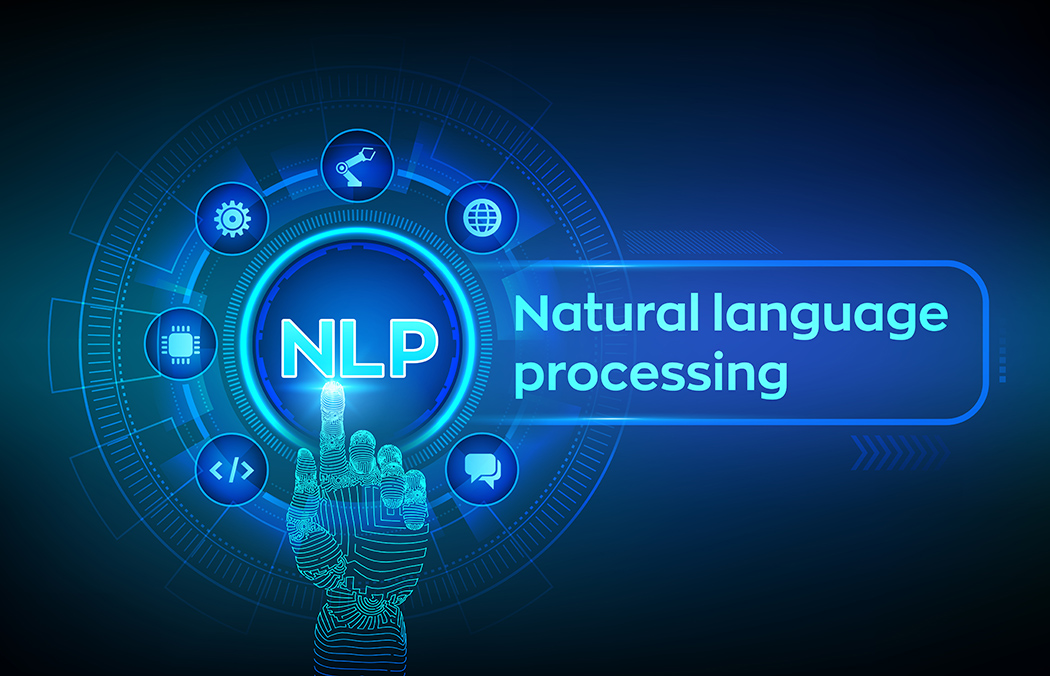
Application of Natural Language Processing (NLP). Natural Language Processing presents a path to efficiently and effectively utilize unstructured text-based data sources, such as maintenance records and assessment reports, to better understand asset condition. This task intends to further the development of transmission equipment-oriented NLP tools and algorithms to extract valuable insights from these largely untapped data sources to support data-driven asset management decisions, such as inventory planning, capital investment, and fleet management. Researchers aim to:
-
Develop and improve the performance of algorithms in extracting insights from text-based data resources.
-
Deliver a software tool for categorizing work orders that could provide greater visibility and awareness with respect to performed maintenance requirements, patterns, and trends.
-
Investigate the capabilities and limitations of emerging resources, such as Large Language Models (LLMs) that could be utilized to accelerate extraction performance and accessibility of text-based insights to support asset management decisions.

Improved Methodologies for Development of Field and Troubleshooting Guides aims to investigate advanced methodologies and techniques to facilitate the efficient capture of expert knowledge to develop field and troubleshooting guides for select assets. These guides would be intended to enable field personnel to understand and assess equipment condition, identify problems, and perform appropriate maintenance. Planned work in 2025 includes a feasibility study, exploratory work, and development of a research approach.

Substation and Bay Risk Assessment intends to develop analytics for substation bay and complete substation risk metrics by combining risks associated with individual equipment assessments. The goal is to provide guidance for making decisions across assets and to analyze multiple asset lifecycle costs. Building on EPRI’s development of risk-based models for substation equipment fleet management, this effort aims to develop data models and analytics that combine condition information with a fundamental understanding of the substation equipment to provide decision support for improved performance and asset and risk management. Researchers plan to solicit cooperation with utility advisors and develop and demonstrate station-level risk assessment tools based on characteristics desired by utility asset and maintenance personnel.
Anticipated Deliverables
| Deliverable | Date |
|---|---|
| Circuit Breaker Asset Management Analytics: Data Requirements, Family Groupings and Maintenance Taxonomy (Technical Update) | December 2025 |
| Actionable Insights Based on Analysis of Industrywide Circuit Breaker Data & Their Application in Procurement, Maintenance and Replacement Decisions (Technical Brief, Webcast and Results on TRC) | December 2025 |
| Computer Assisted Analytics to Categorize Circuit Breaker Maintenance Work Orders (Analytical Tool & Application Guide) | December 2025 |
| Circuit Breaker Risk Ranking Framework (Software & Application Guide) | December 2025 |
| Using Relay Event Data to Better Understand Breaker Operating Performance and Patterns (Technical Update & Webcast) | December 2025 |
| Actionable Insights Based on Analysis of Industrywide Power Transformer Data & Their Application in Procurement, Maintenance and Replacement Decisions (Technical Brief, Webcast and Results on TRC) | December 2025 |
| Power Transformer Expert System Software (Software & Application Guide) | December 2025 |
| Advanced Analytics for Power Transformer Condition Assessment (Technical Brief & Webcast) | December 2025 |
| Actionable Insights Based on Analysis of Industrywide Substation Battery Data & Their Application in Maintenance and Replacement Decisions (Technical Brief, Webcast and Results on TRC) | December 2025 |
| Evaluating the Efficacy of Substation Battery Monitoring to Help Utilities Reduce Response Time & Drive Condition Based Maintenance (Technical Brief & Webcast) | December 2025 |
| Asset Performance Metrics for Disconnect Switches and Capacitor Banks (Technical Update) | December 2025 |
| Protection and Control System Asset Management Metrics (Technical Update) | December 2025 |
| Development & Application of Analytical Approaches to Aid Allocation of Resources Across Substation Assets (Technical Update & Utility Information Exchange) | December 2025 |
| Developing an Analytical Framework to Capture Expert Knowledge that Can Aid Field Personnel in Maintenance and Troubleshooting (Technical Update & Webcasts) | December 2025 |
| Application of Natural Language Processing to Improve Substations Asset Management and Maintenance (Technical Update & Webcasts) | December 2025 |